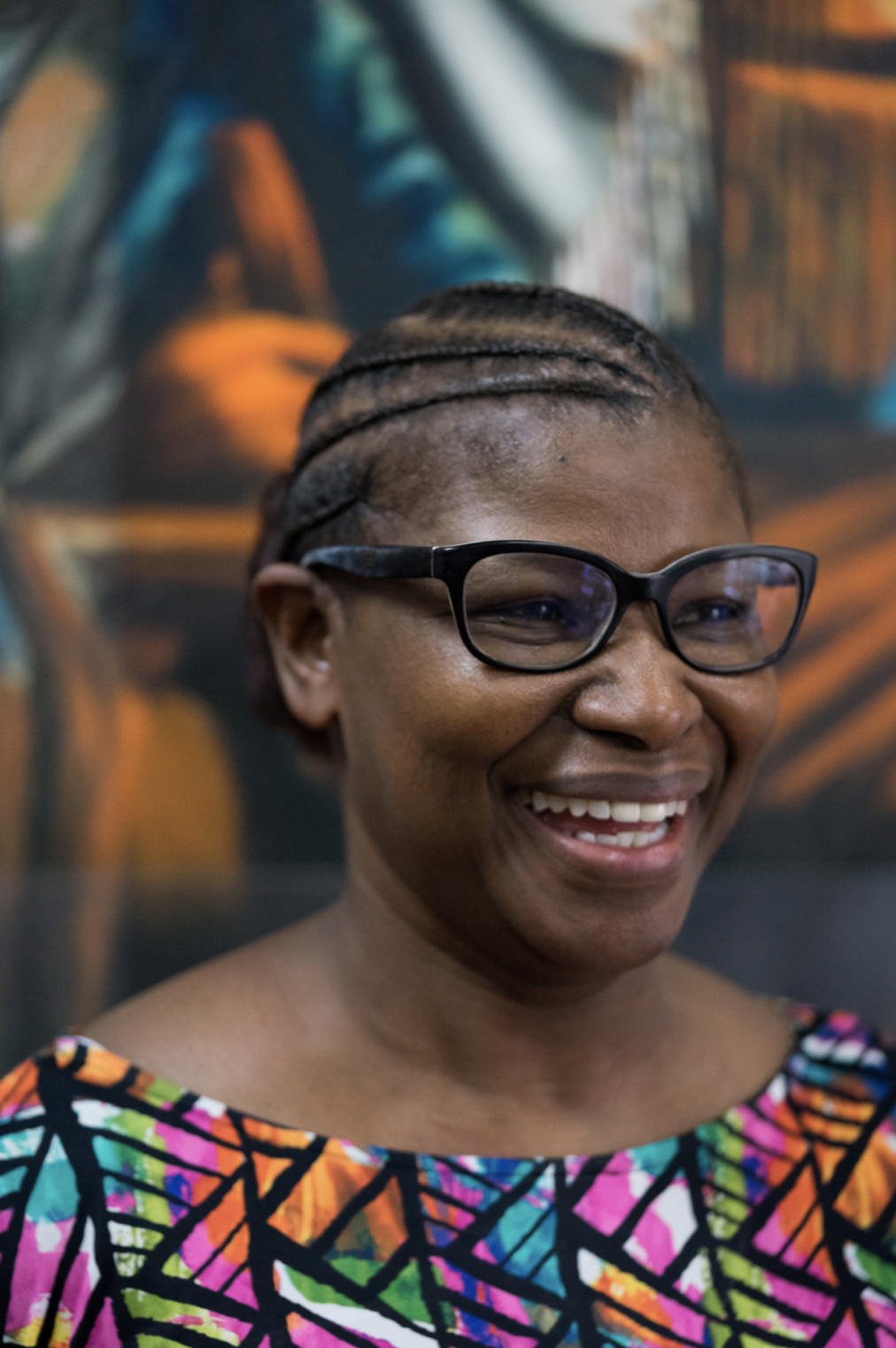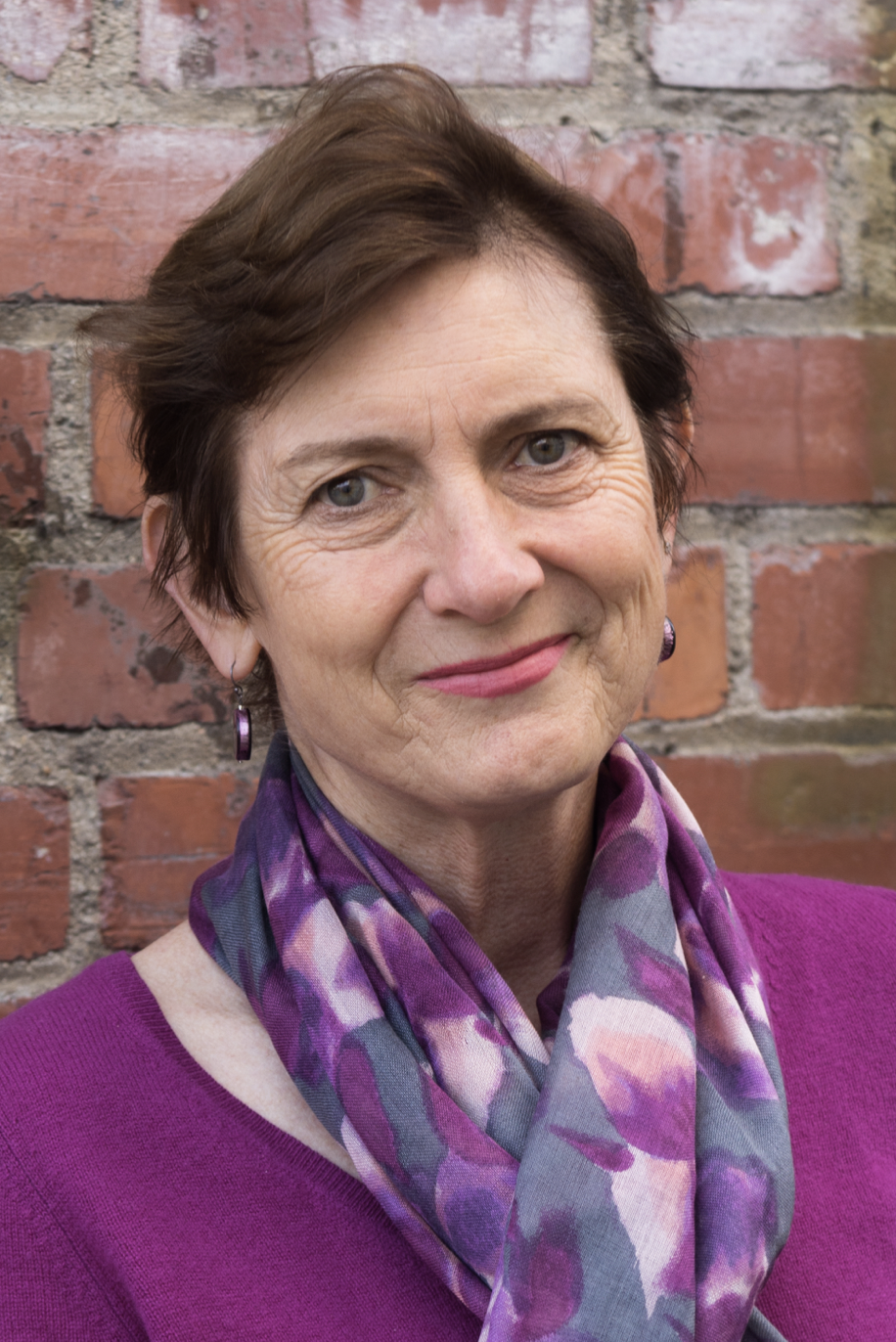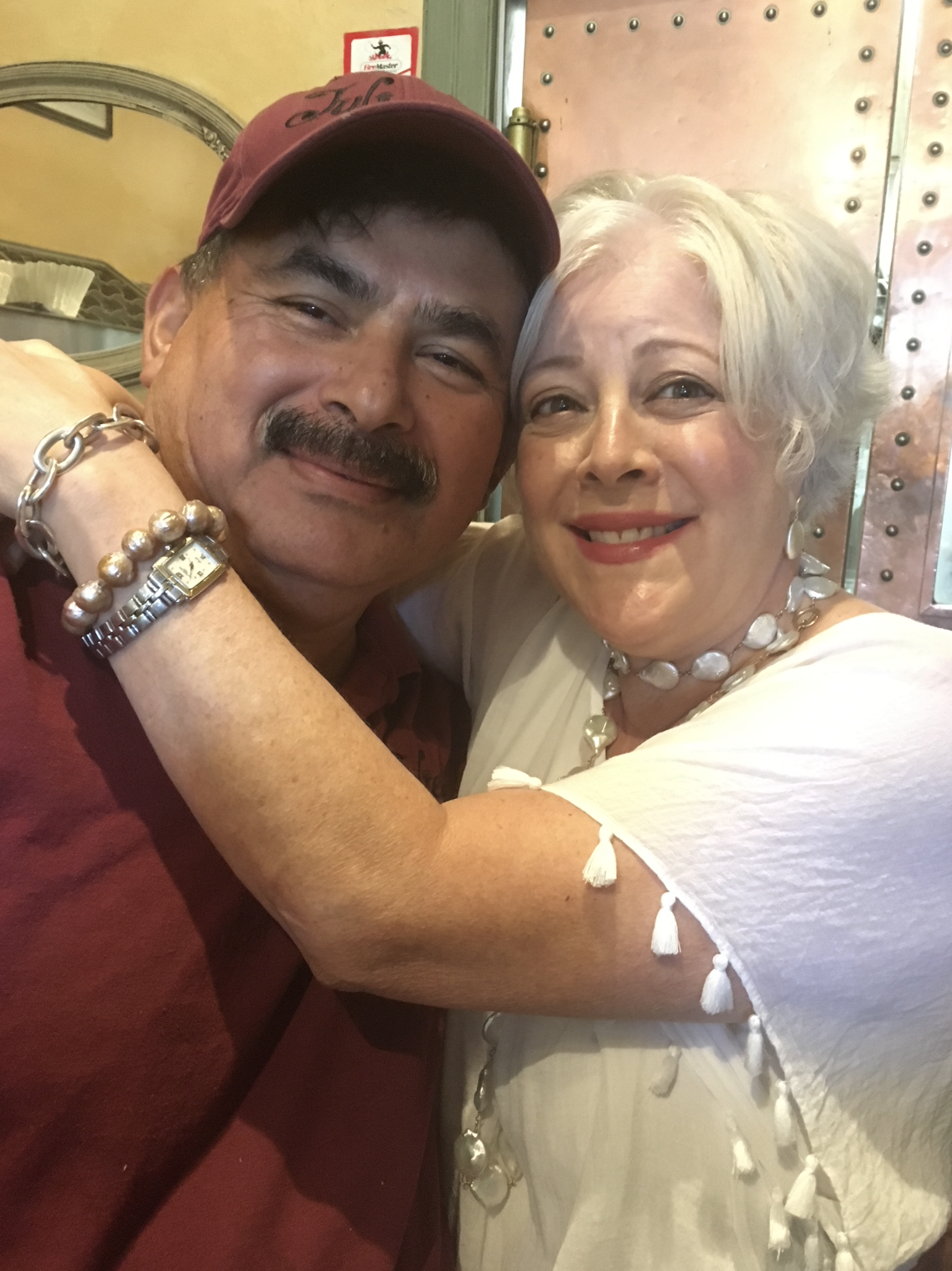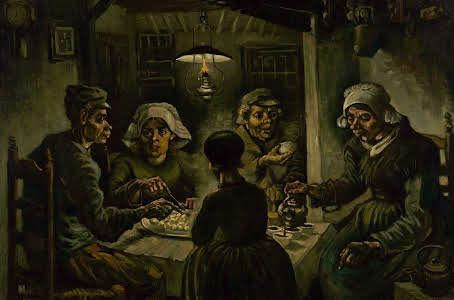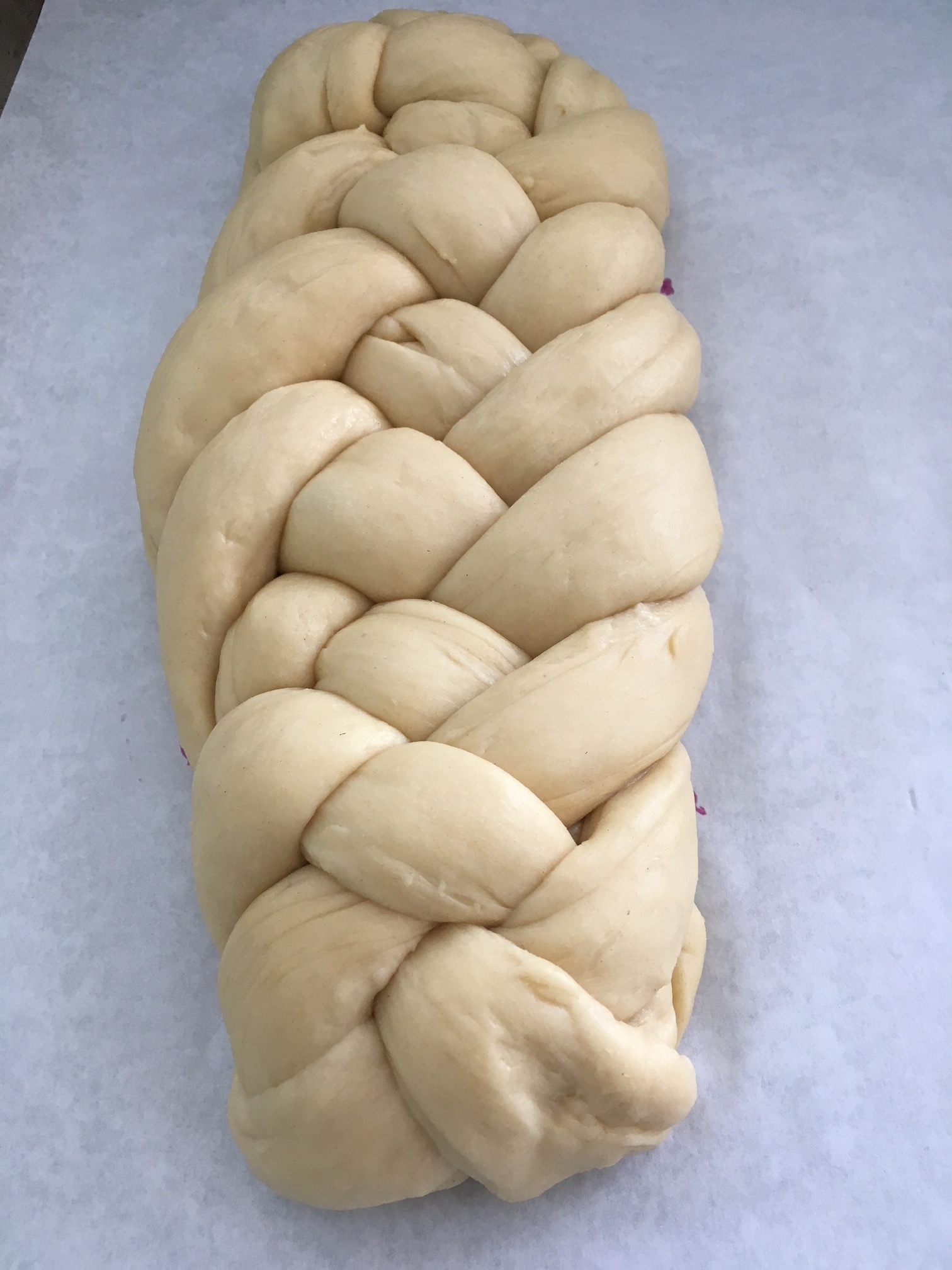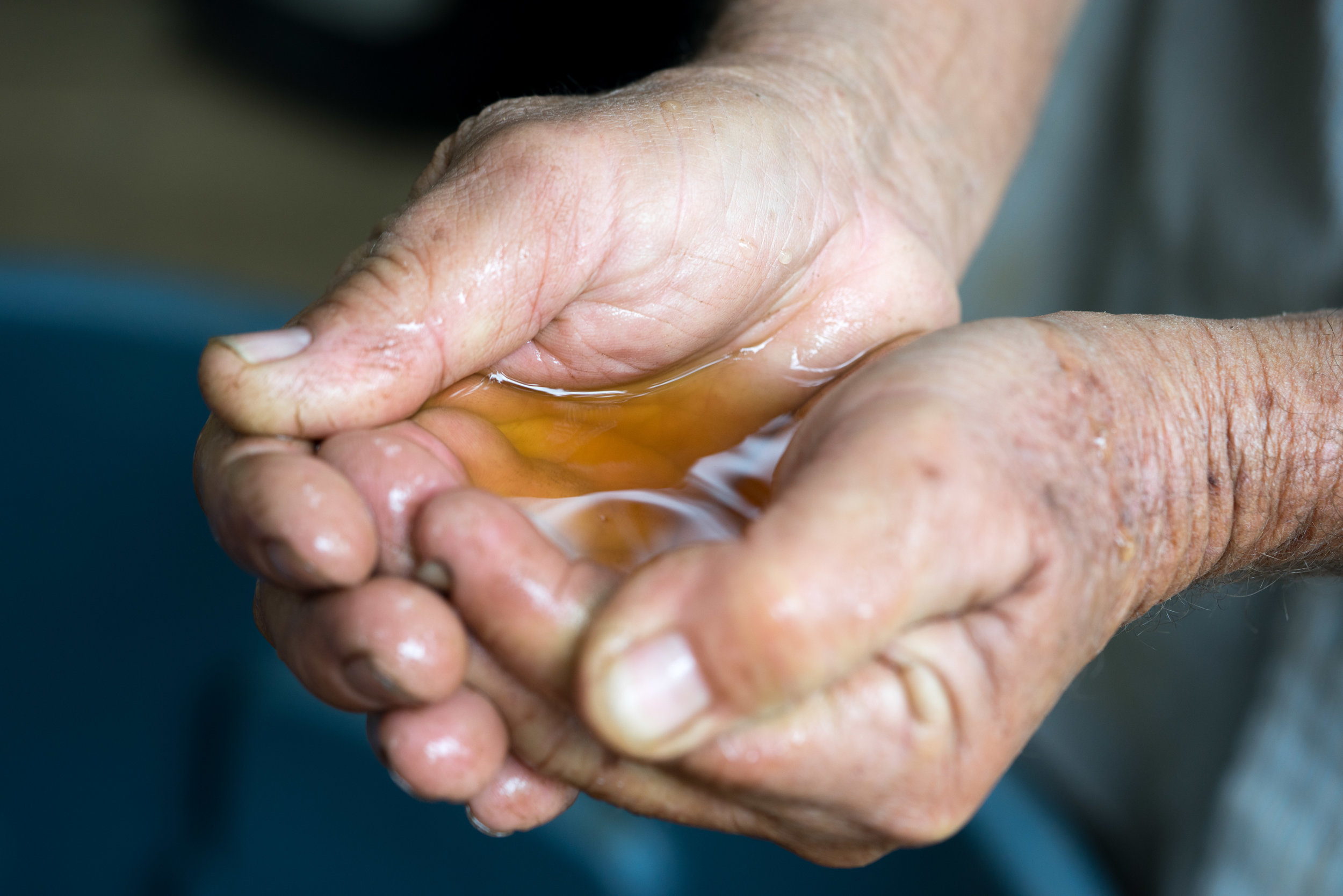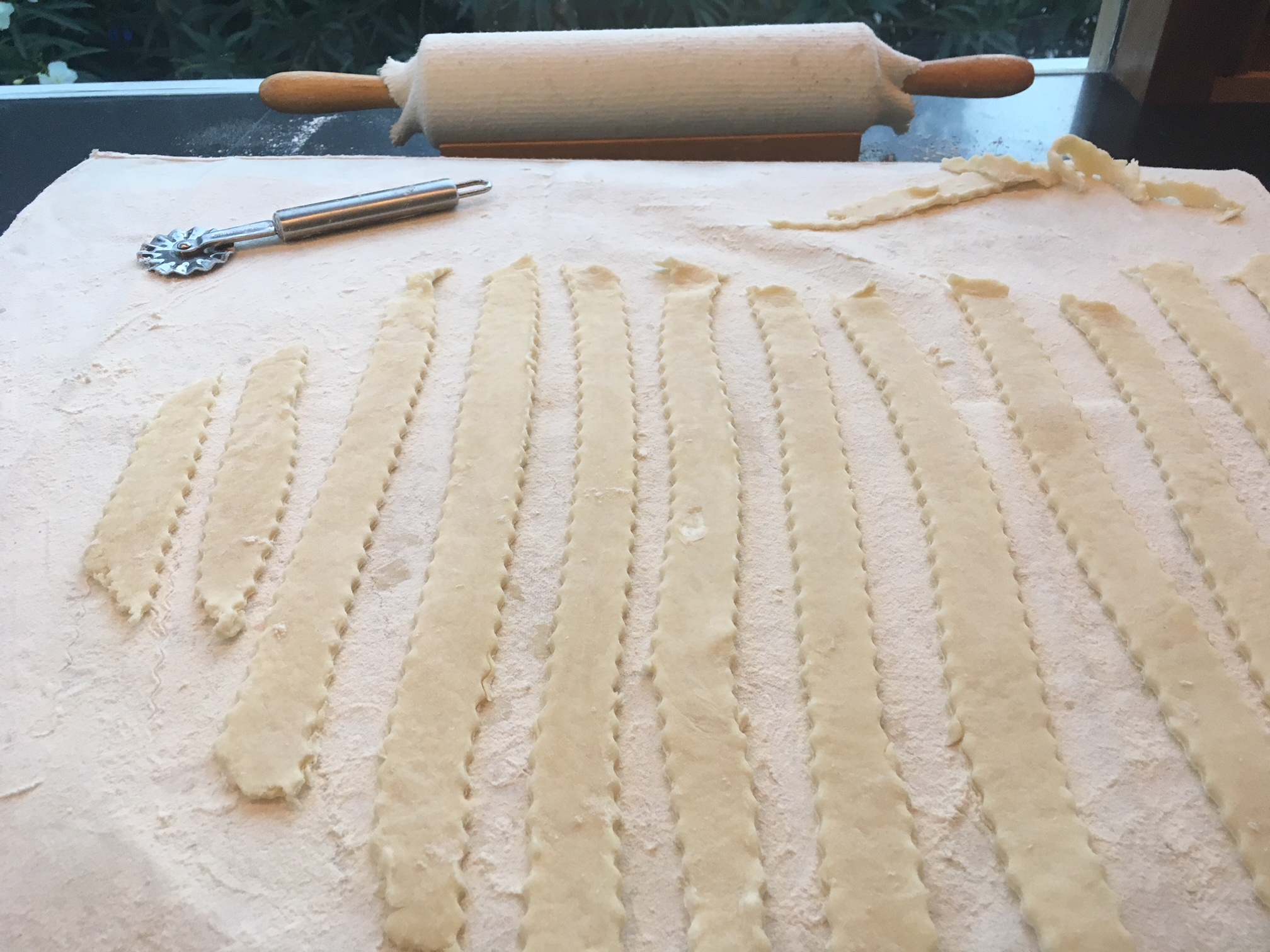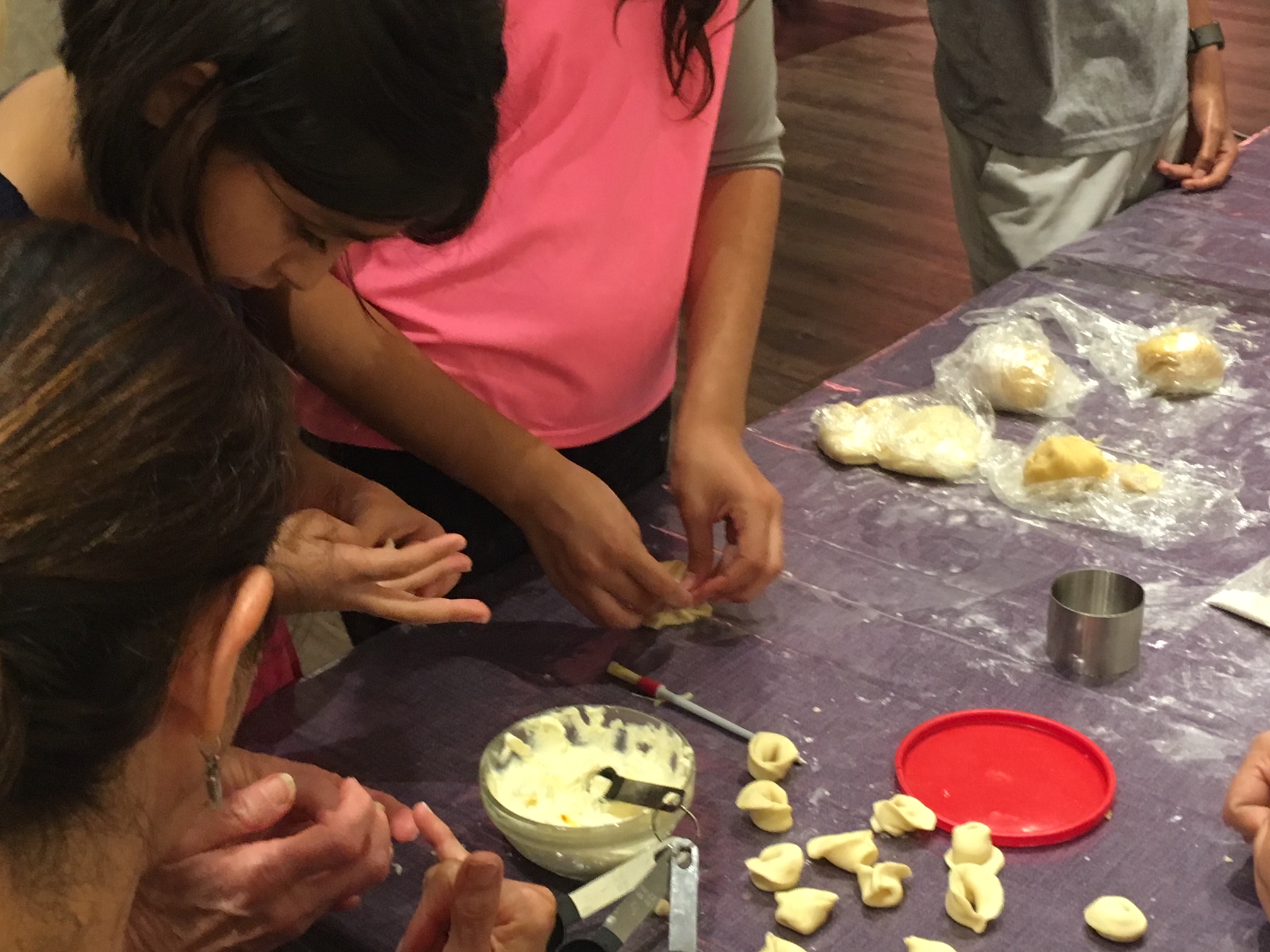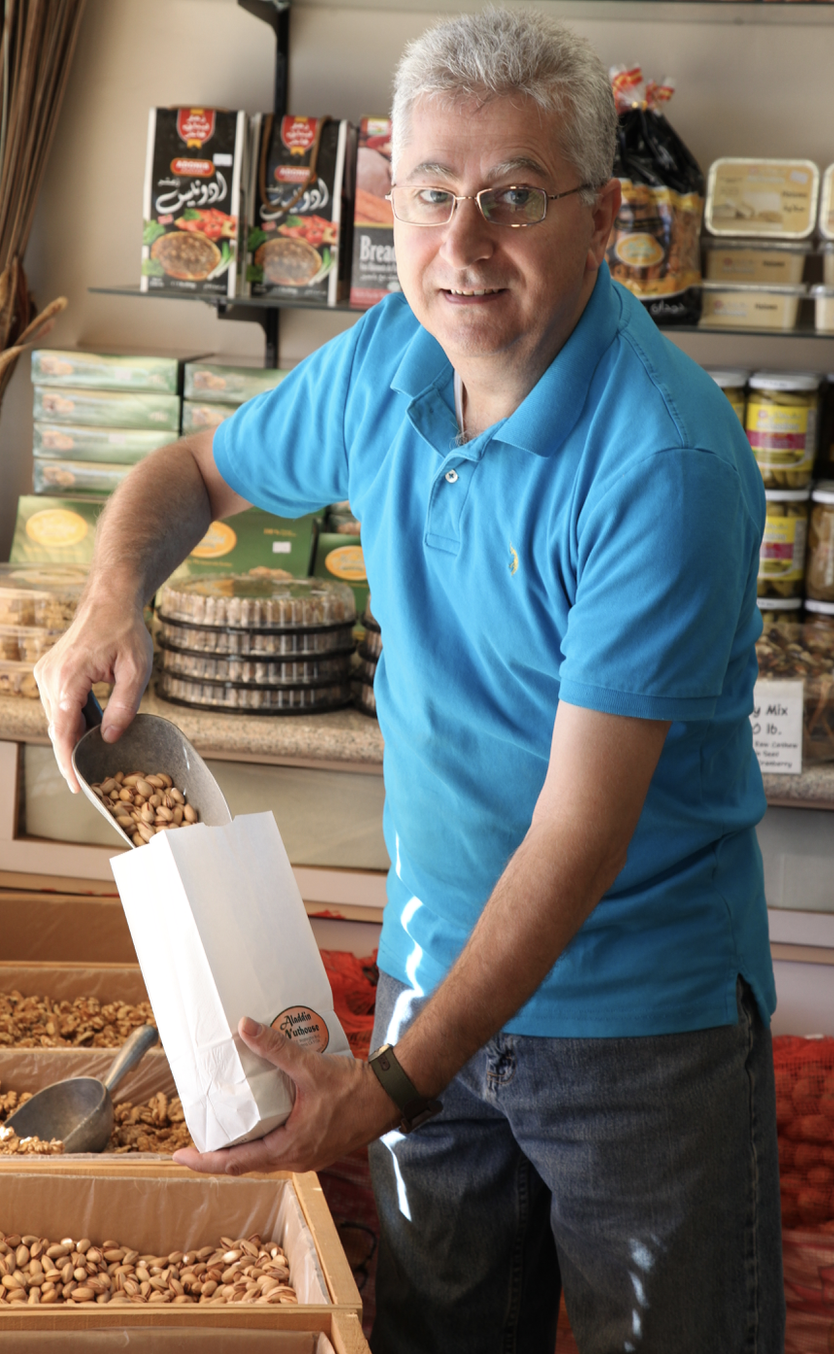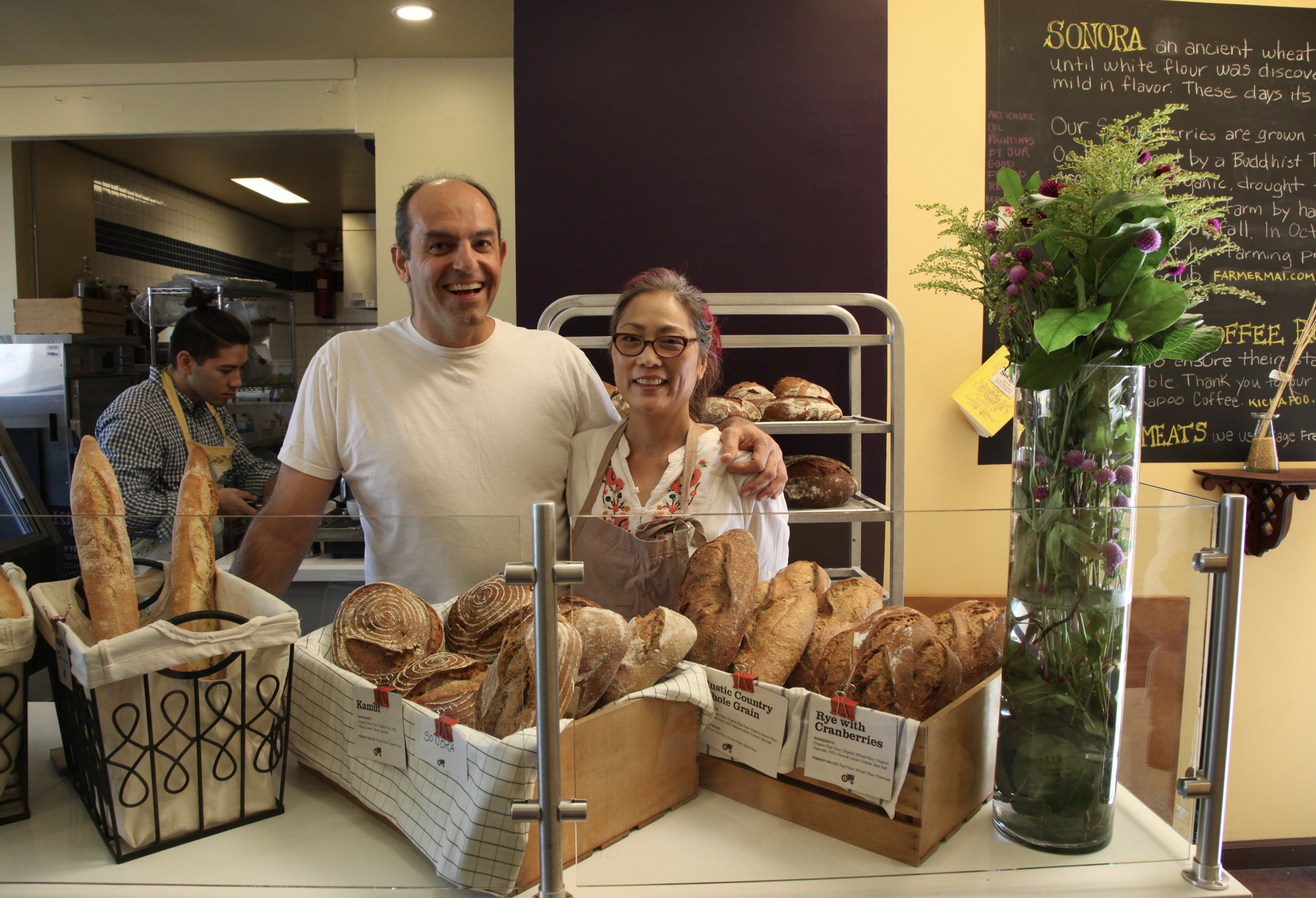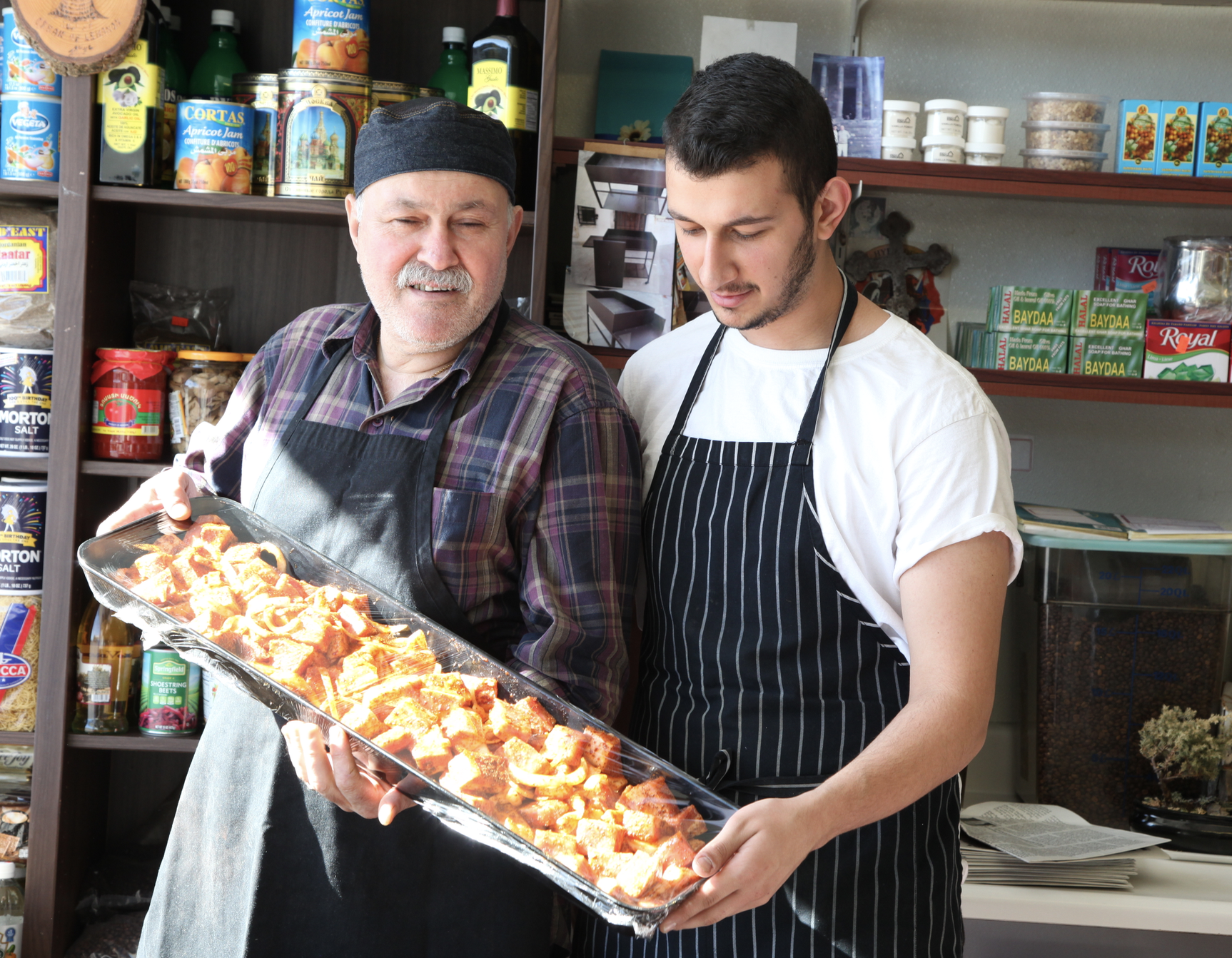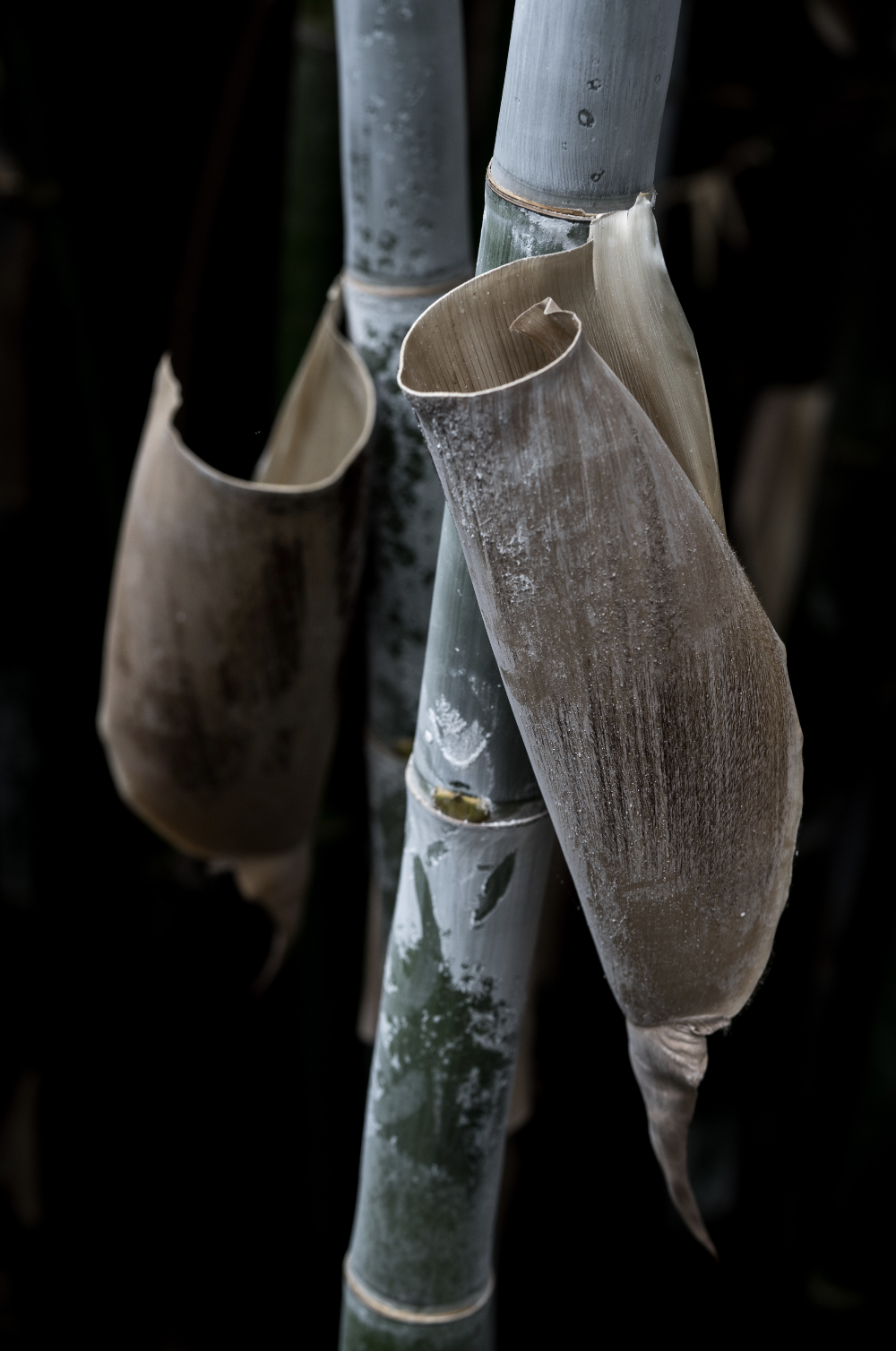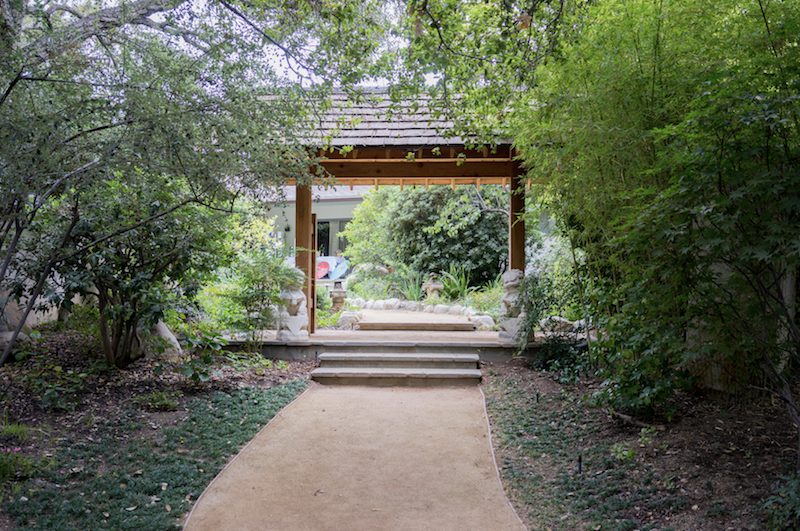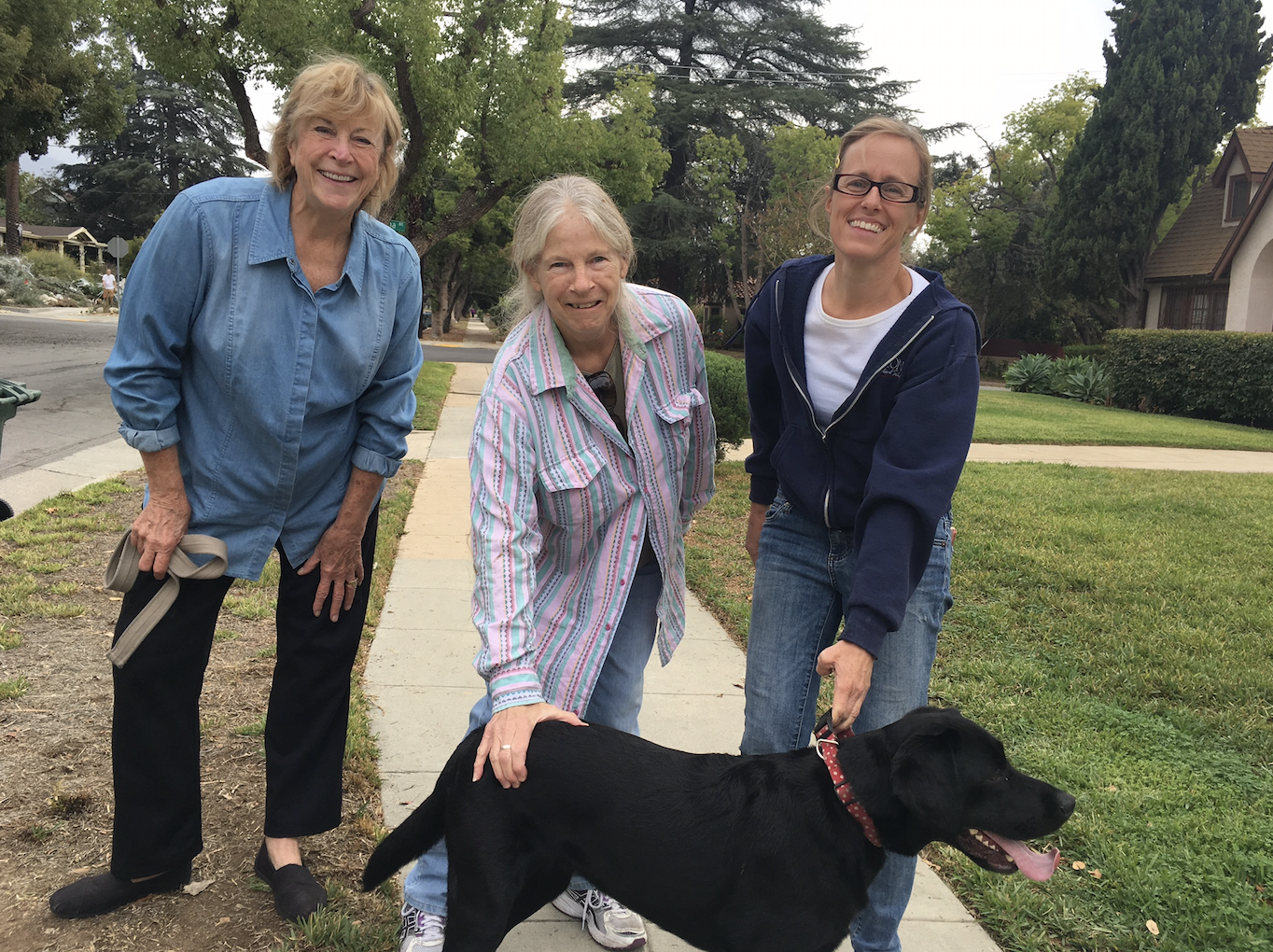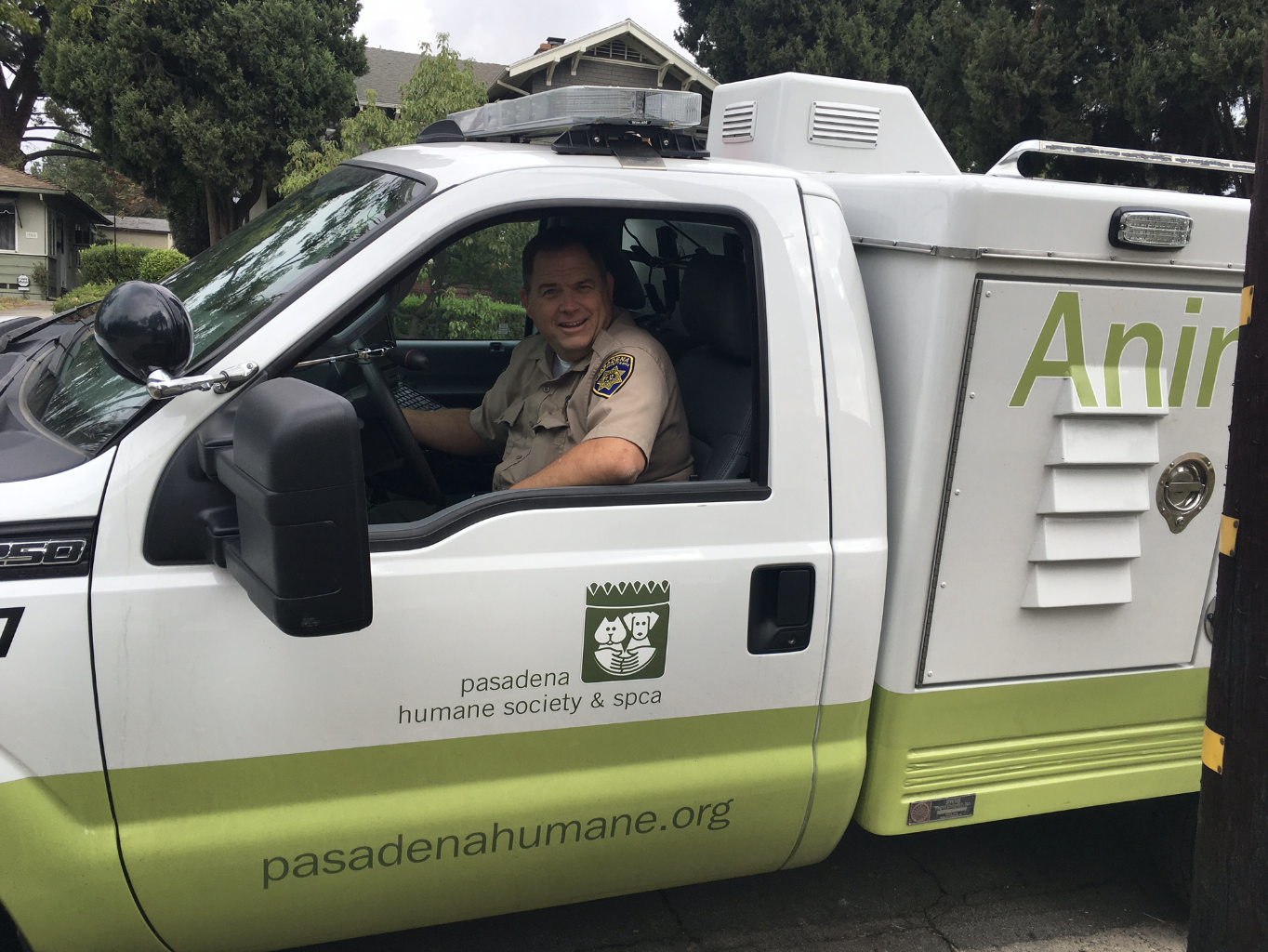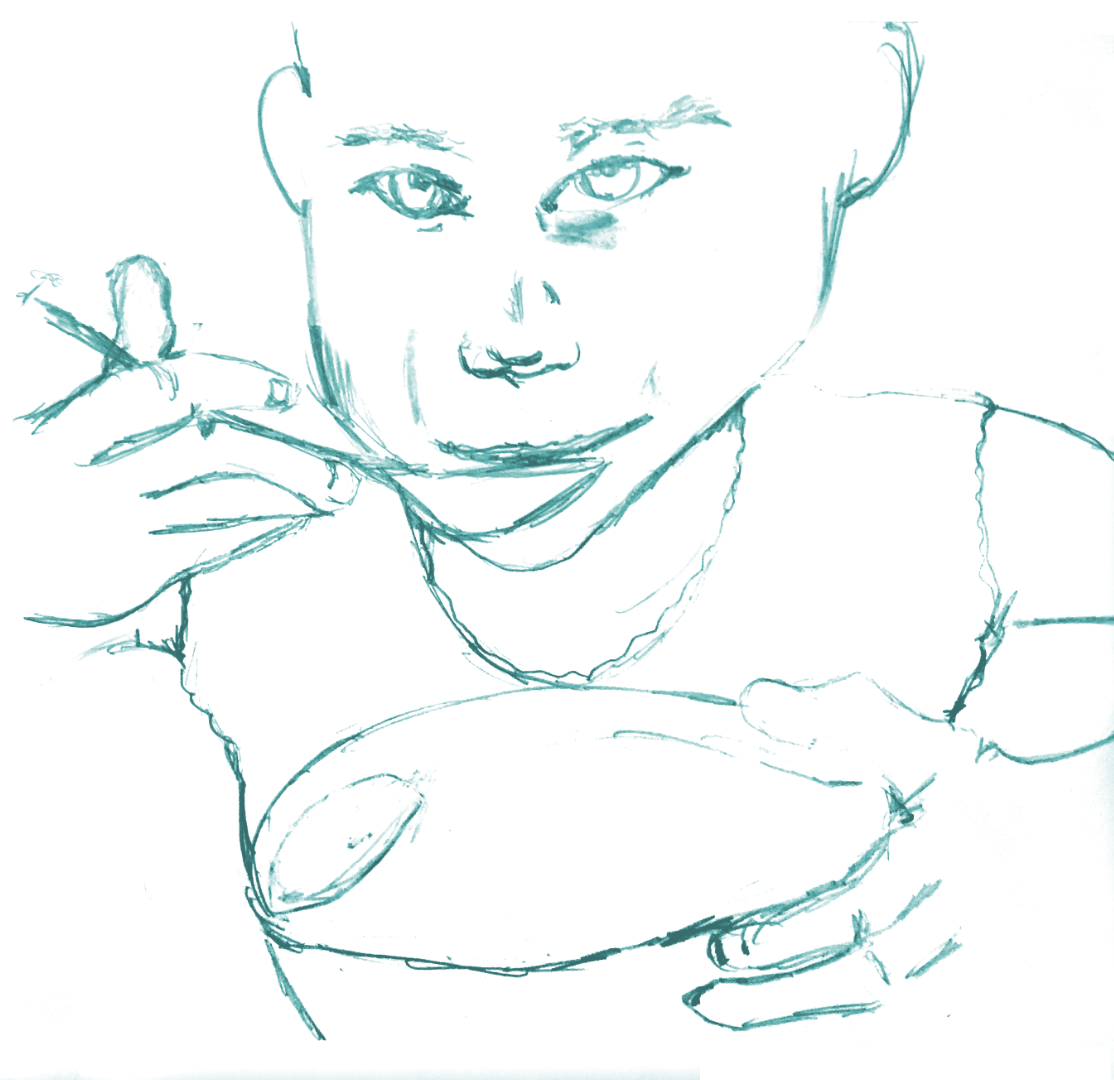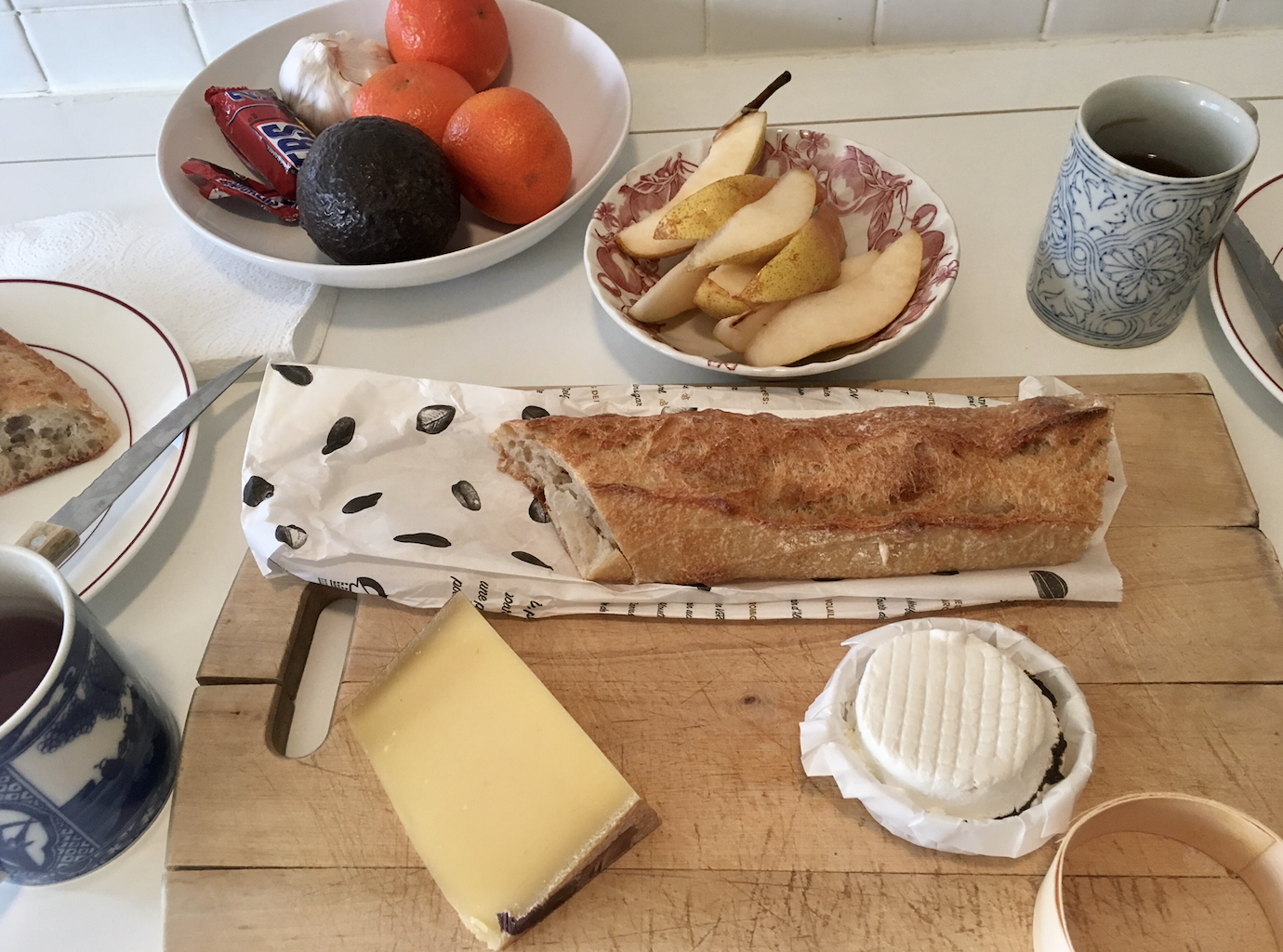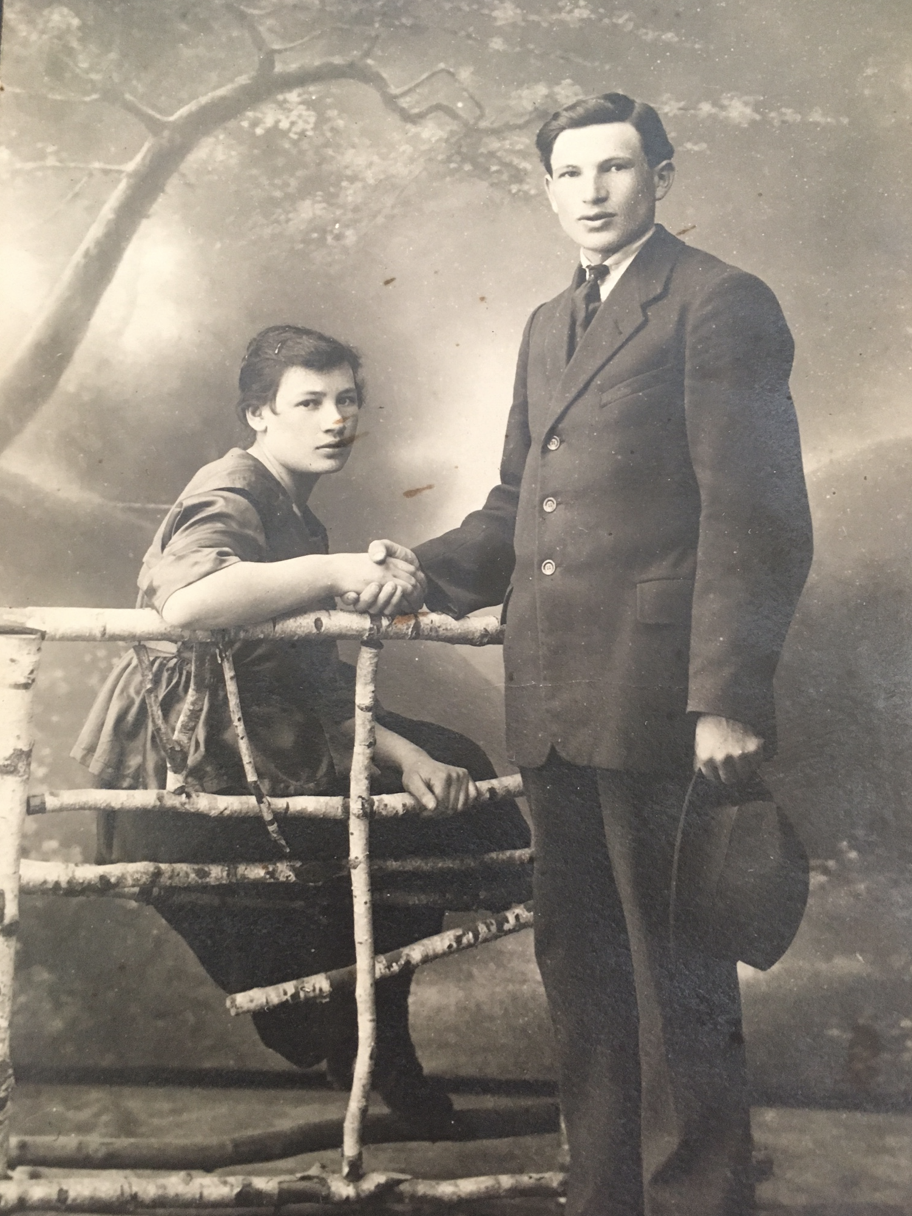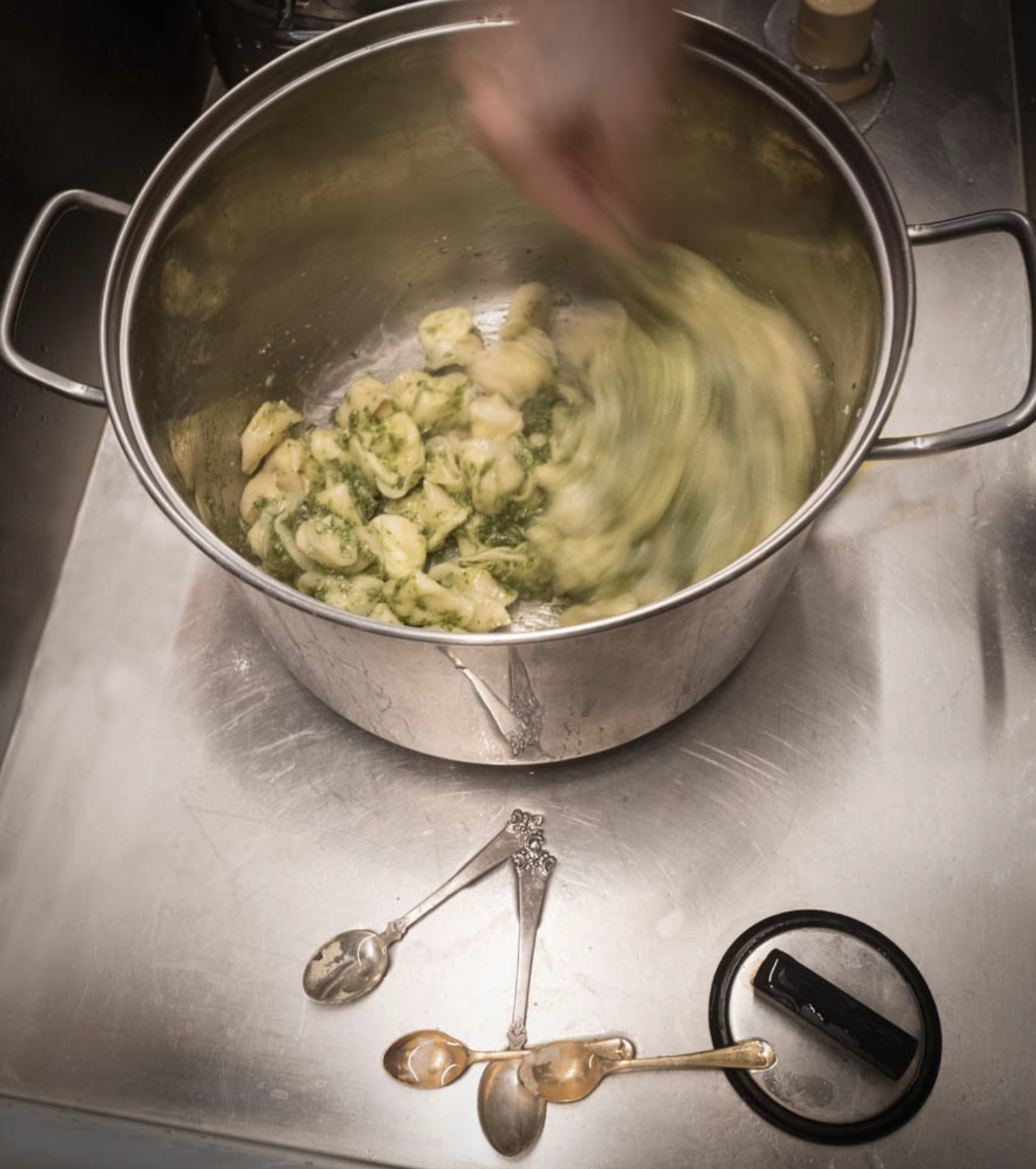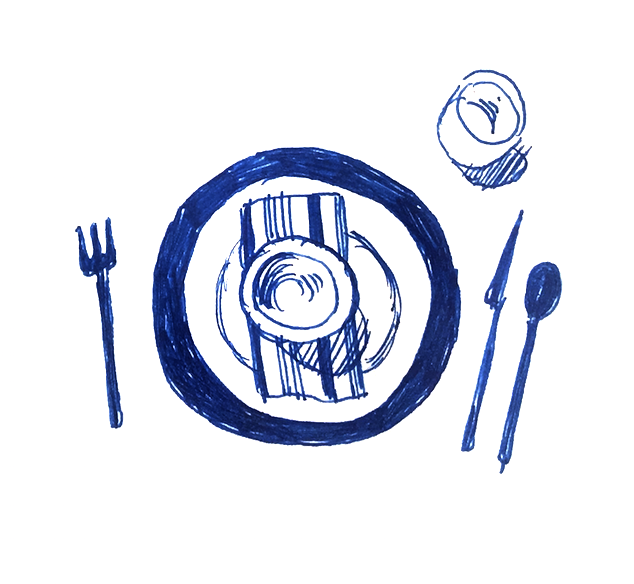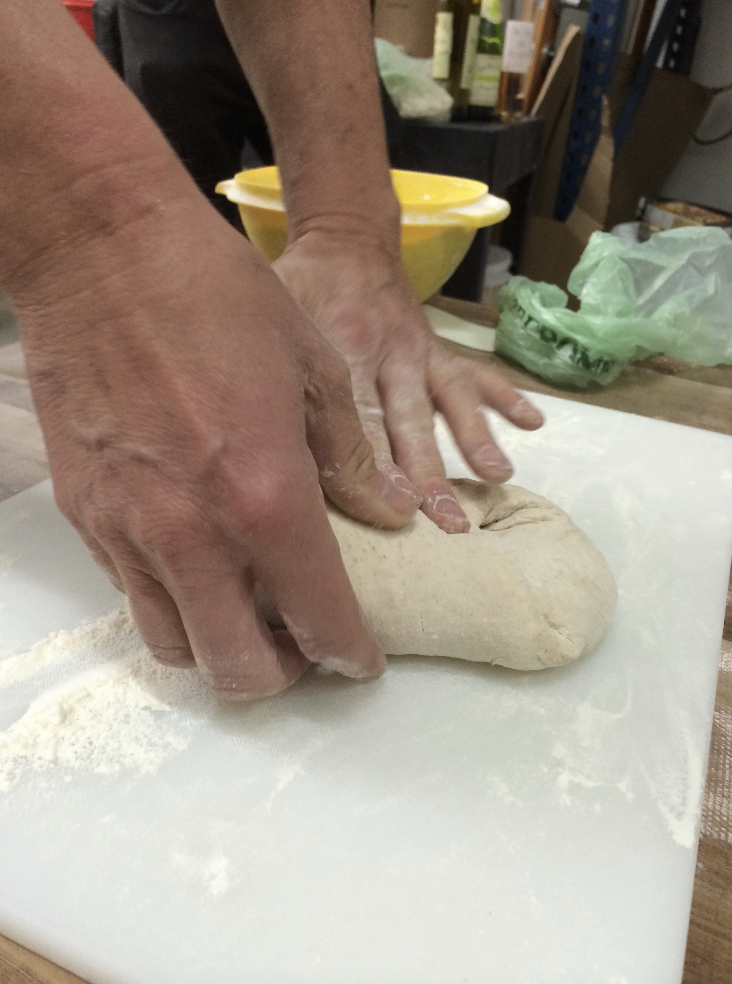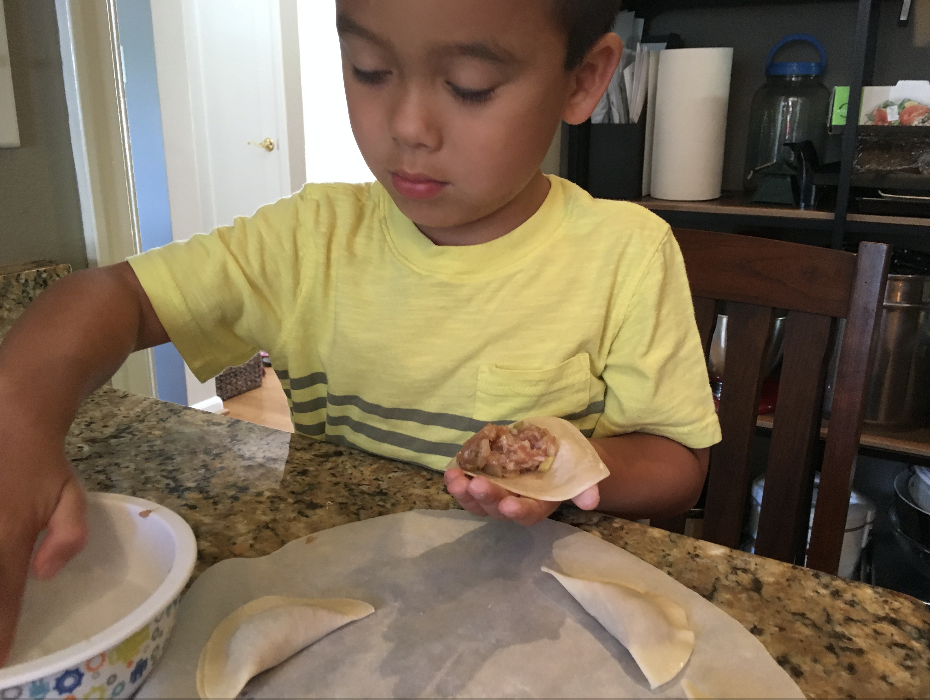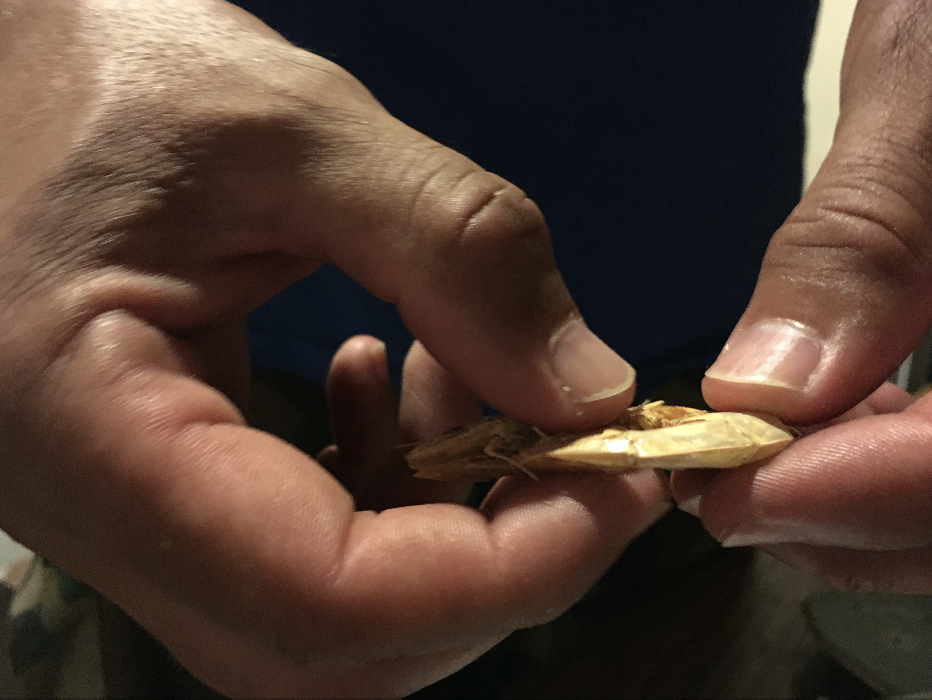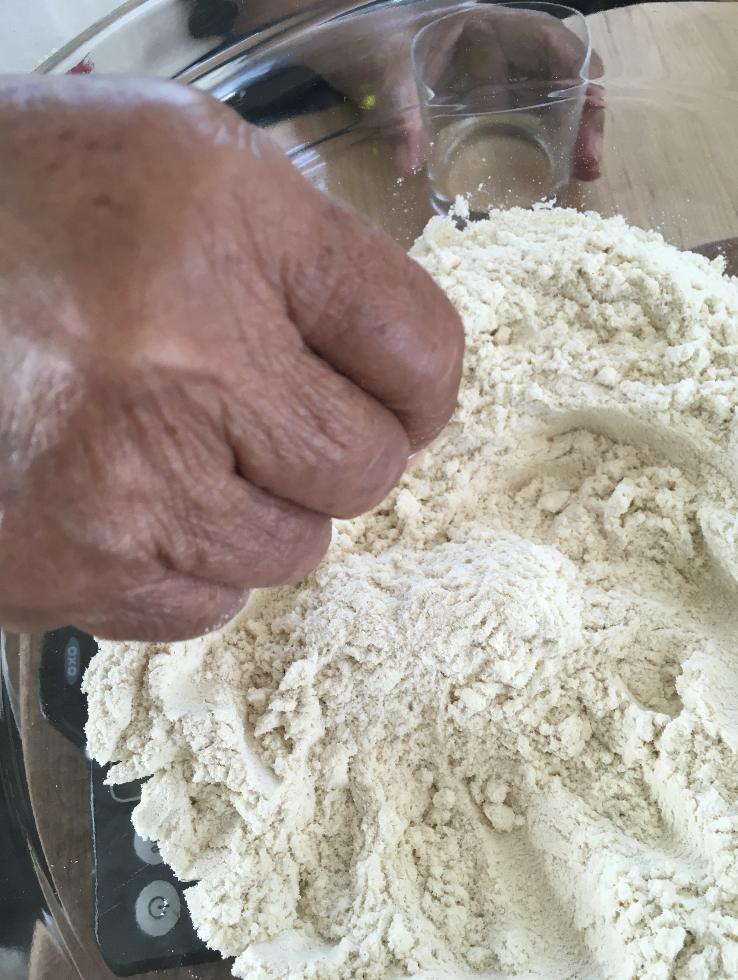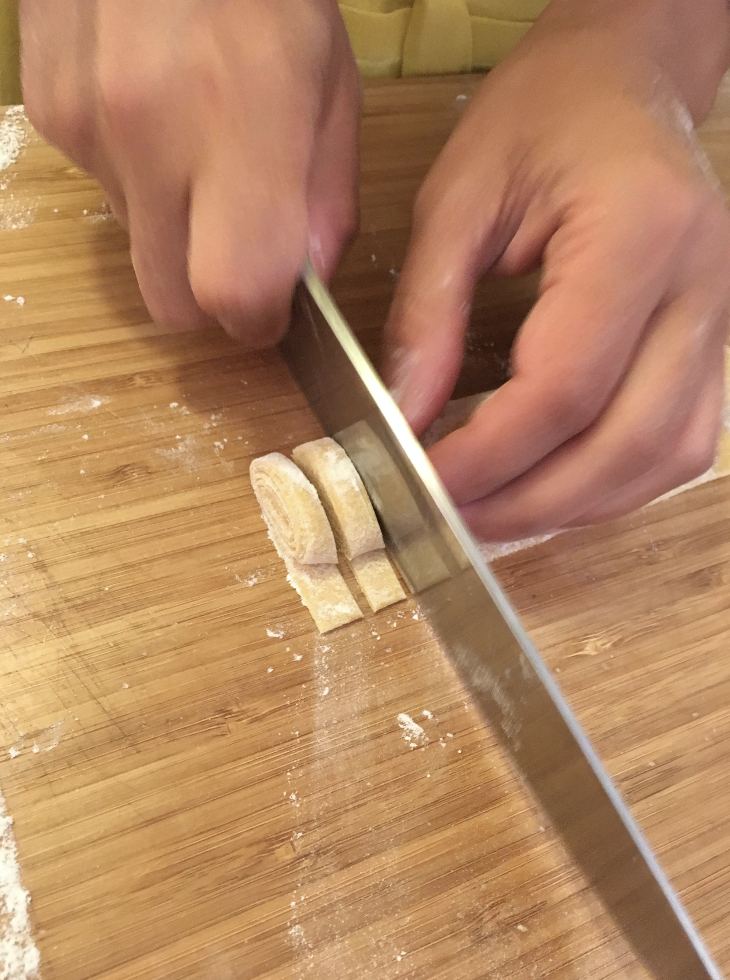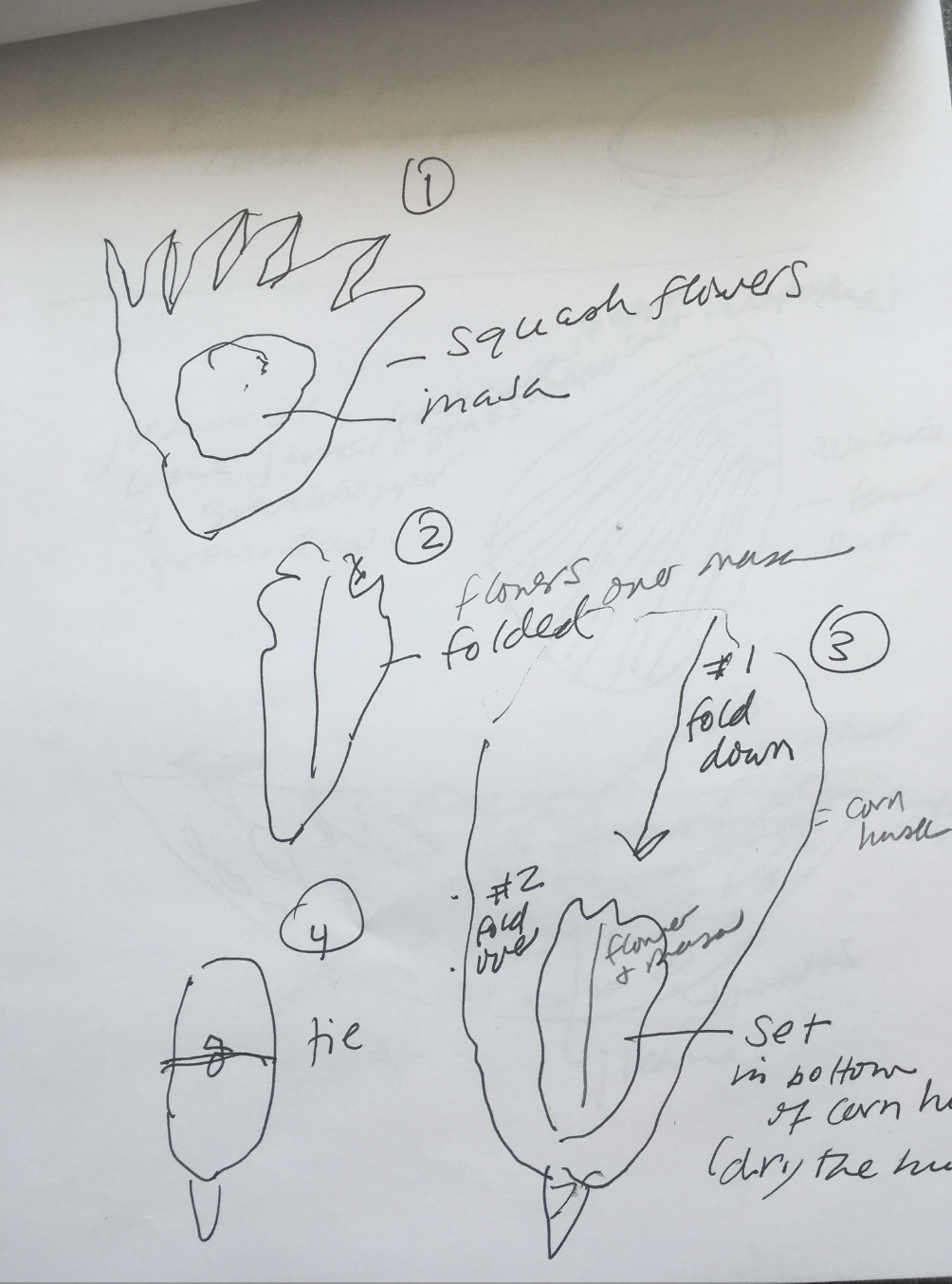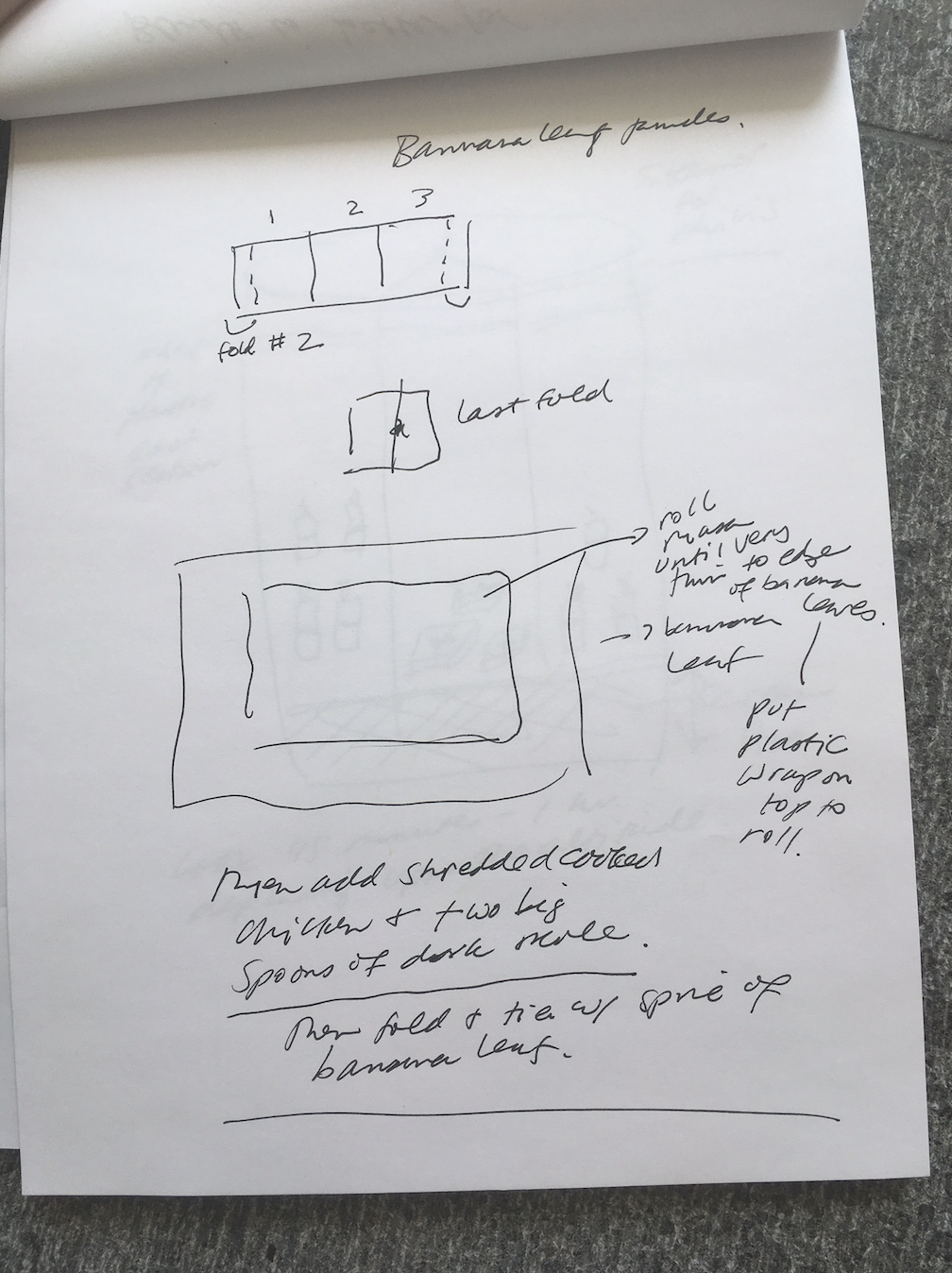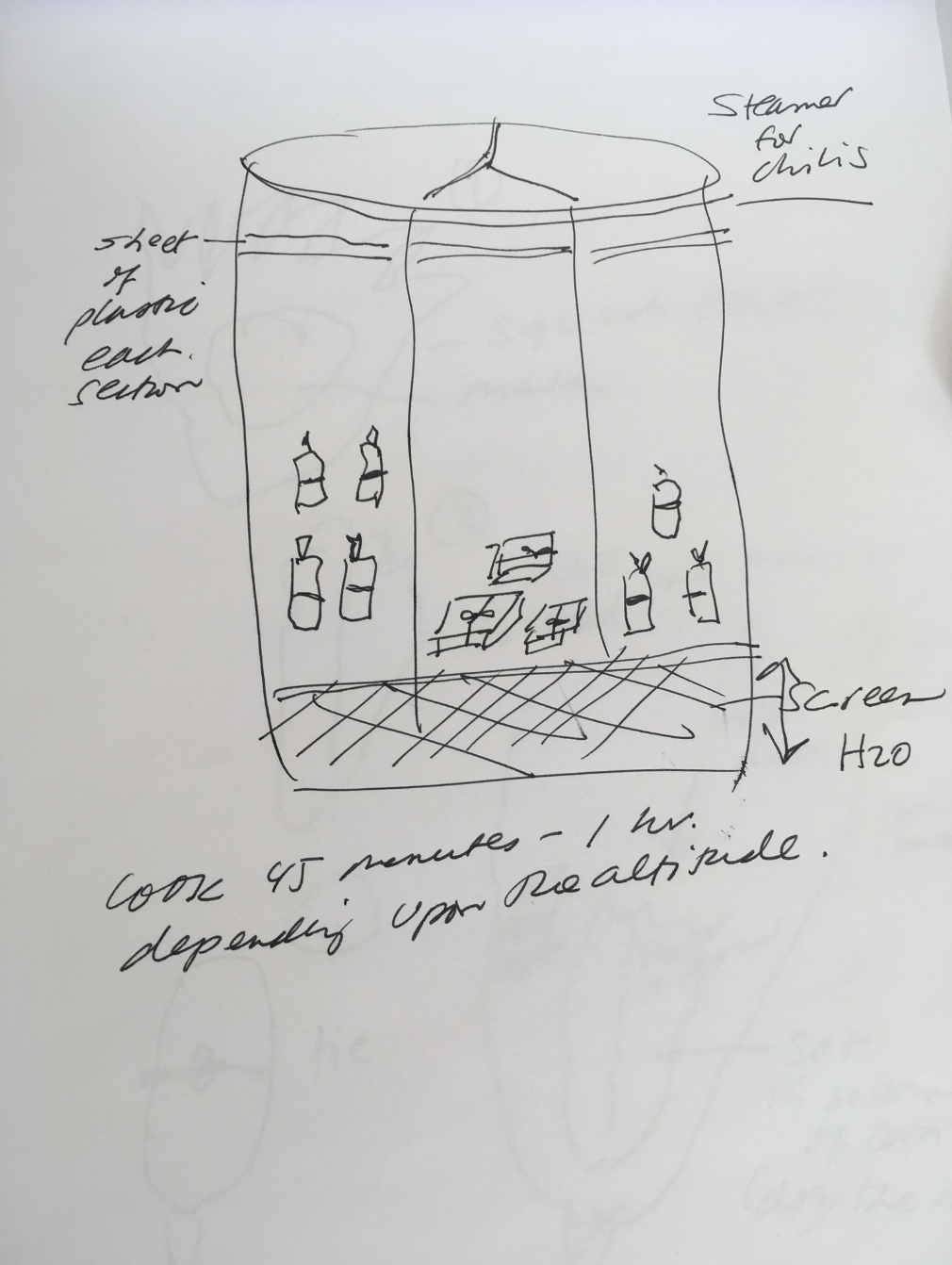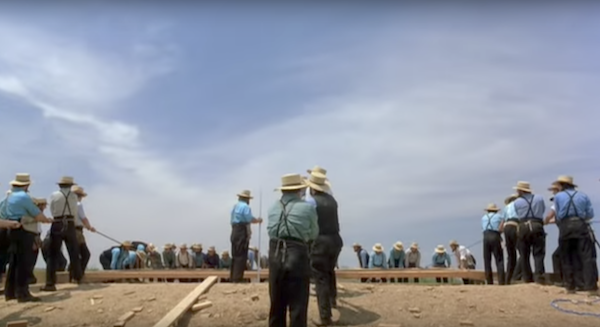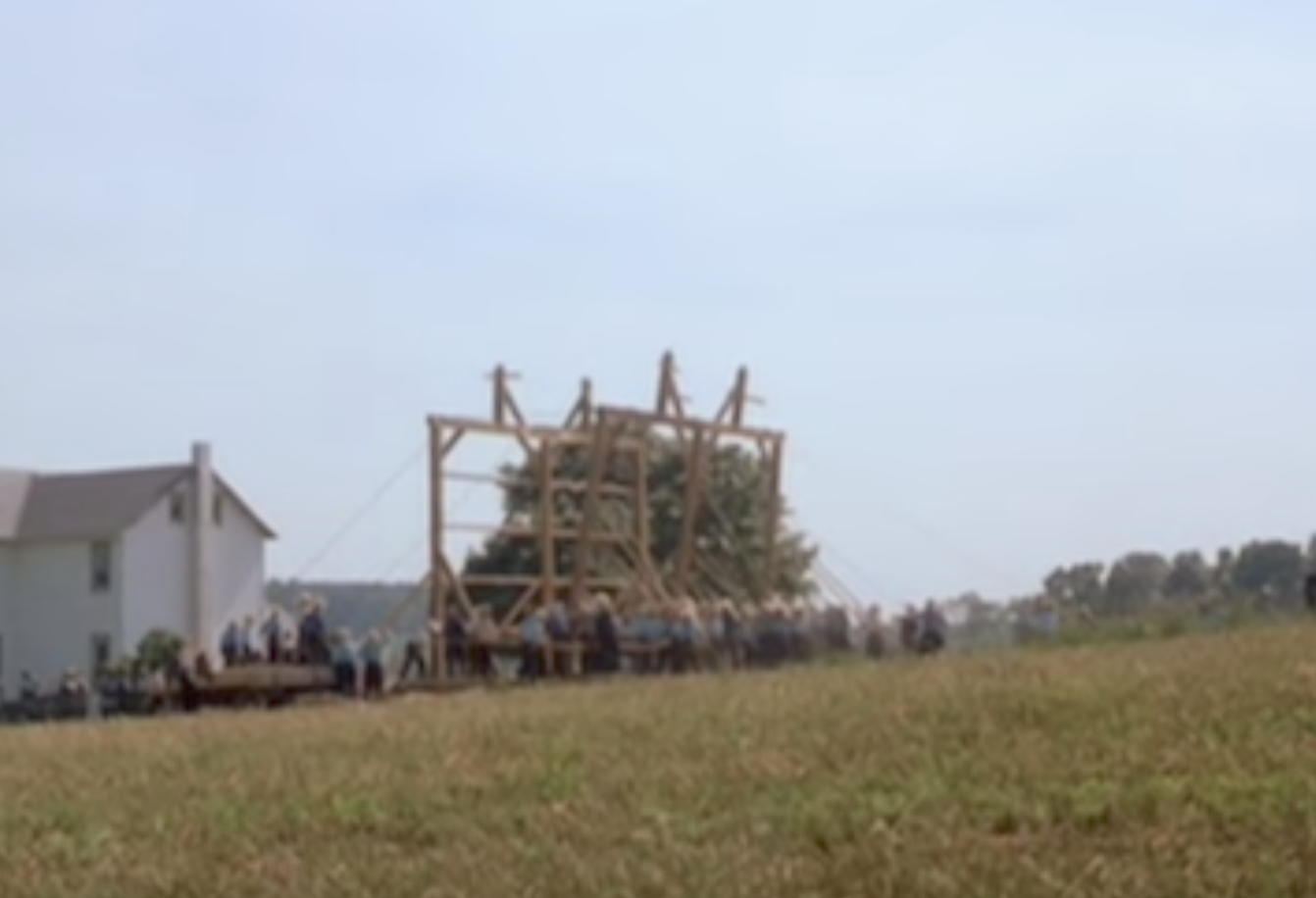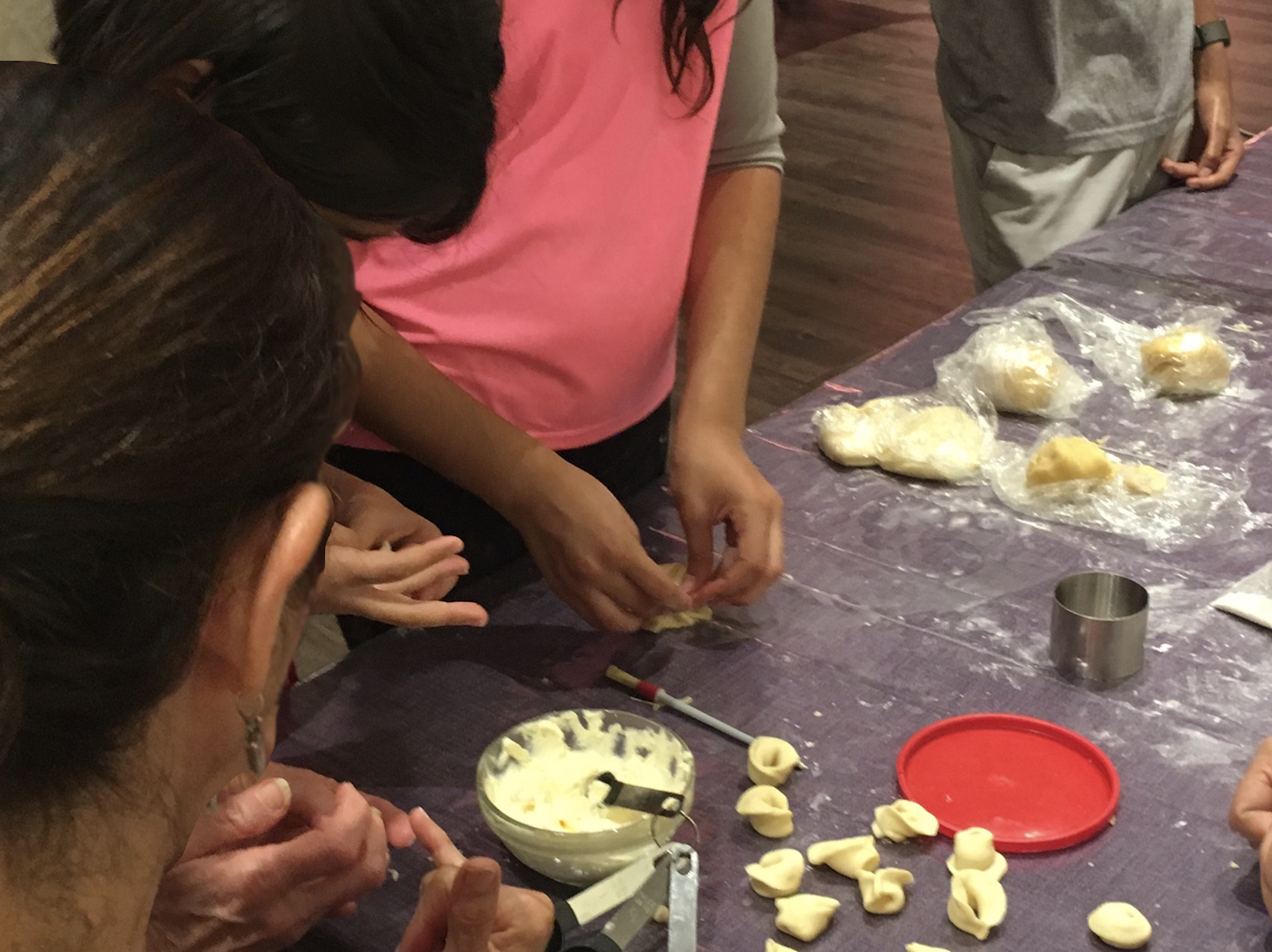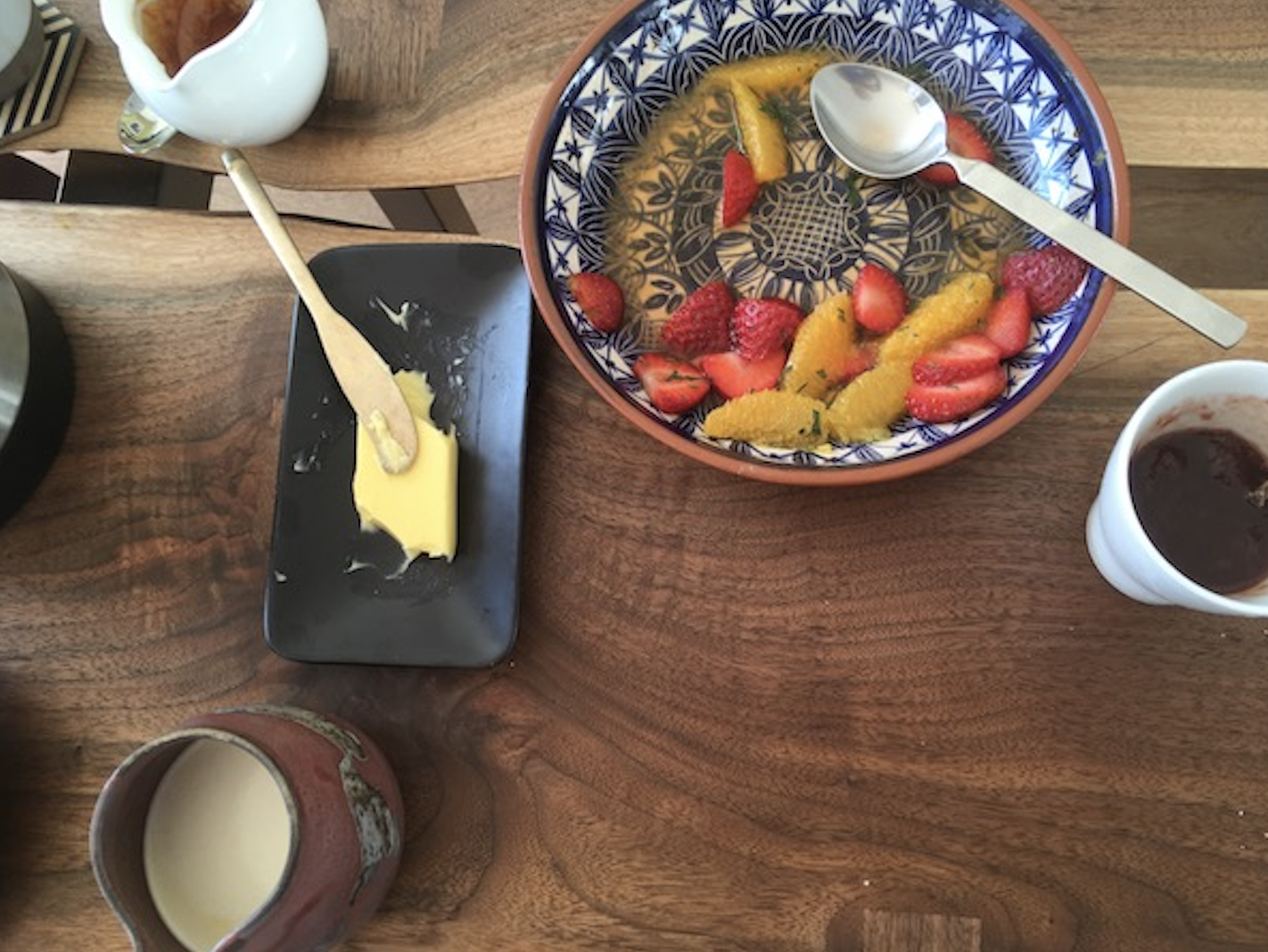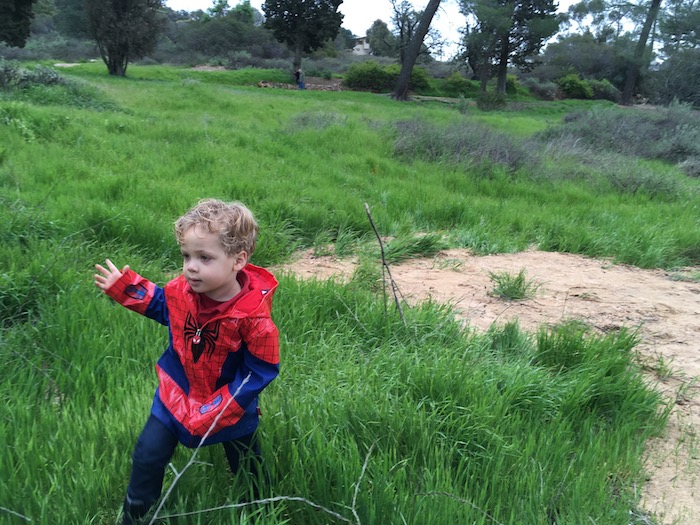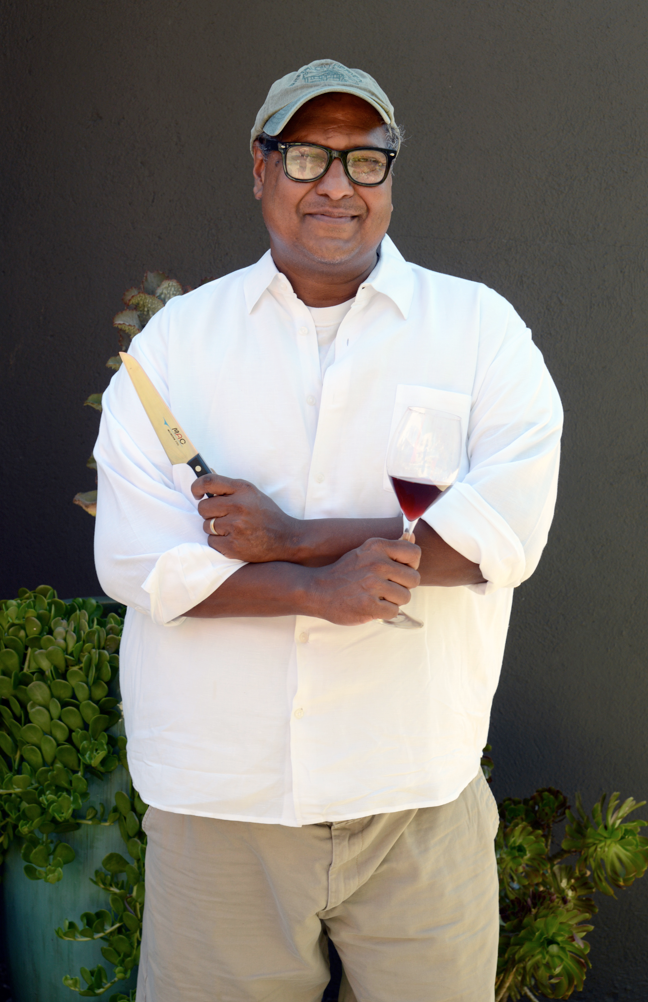It may be that when we no longer know what to do
we have come to our real work,
and that when we no longer know which way to go
we have come to our real journey.
The mind that is not baffled is not employed.
The impeded stream is the one that sings.
From The Real Work, a poem by Wendall Berry
leg‧a‧cy1 /ˈleɡəsi/ ●○○ noun (plural legacies) 1 something that happens or exists as a result of things that happened at an earlier time.
I have always visualized the conferring of legacy as handing over a metaphoric basket of values, stories or experiences from one generation to another. The basket is held for just a few moments by two sets of hands and then once again by one set, when both are assured that the transfer is complete. In some cases, there is a physical connection remaining, something that links one to the other.
In my case, legacy is revealed through my stepmother’s sewing machine, a Singer Featherweight, weighing no more than five pounds. It carries with it powerful memories of Margie, who as a young woman saved and waited and finally bought something that she used and cared for most of her life. When she became too old to care for it herself, I received it. Simply opening its case releases a scent of old leather, reveals dryness of threads and bobbins and a perfectly tuned machine—essence of Margie. It holds so much more than itself.
Amelia holding her Grandfather’s clippers. Photo by Sally Krueger-Wyman.
Amelia McDonald holds a pair of clippers in her hands, owned and used for years by her grandfather, who began his life in this part of the world as an itinerant citrus picker. The tool is surprisingly small--a little workhorse that survived and was passed down despite years of seasonal travel between Redlands and San Bernardino and beyond.
Citrus legacy, McDonald Farm. Photo by Sally Krueger-Wyman.
Amelia began her career as a trial lawyer, but after 20 years, she was done. The link to her grandfather’s past as a citrus worker materialized after his death.
“My family grew this farm. My grandfather’s family picked citrus from camp to camp without a penny to spare. He became a mechanic at Norton Air Force Base and was industrious and successful enough to buy his own home, which he left to me."
She and her husband were able to buy a small house on a 1.8 acre tract of land in Altadena from this inheritance. McDonald Farm has been in existence three short years, and is described as a work in progress. Amelia is well aware that her investment in citrus is driven by a sense of legacy rather than practicality, but she balances out this expense by growing four seasons of crops, producing eggs, and raising meat birds and goats.
For others, past experiences themselves can be a form of legacy. I see them as synaptic hooks—the small but sufficiently memorable experiences that accumulate to send us on a new path.
For Michael Martinez, the work he now finds himself immersed in began many years ago as a first time teacher in Florida. A student asked him how to grow a Cheeto, prompting him to develop a small school garden comprised of six raised beds. The garden became the focus of his school community and a source of pride for his students. They not only understood where food came from, but became active participants in its production through the cycle of composting to soil, seeds, plants, food and back to composting.
Michael Martinez
Returning to Los Angeles, Michael’s idea of “telling the story of food” to a larger community revolved around the cyclical creation of compost. He and a small “army” of bike riding friends picked up food scraps from restaurants and juice bars to create compost to give away or sell at local farmers’ markets. The income supported school gardens, the first being Merced Elementary in West Covina, where Michael was once a student. In the first few months, the “army” collected more than 30,000 scraps of food, but the model was unsustainable. “Burnout was inevitable and what we learned was that the riders providing this service and the people receiving compost were still disconnected.”
He framed a different question: “How do we empower and equip the community to take ownership of this material and not see it as waste or a disposable item, but as a resource?” Four years later, the idea has a name: LA Compost, Soil + People, and its big idea is played out through a model of community hubs, where composting is an additive and an essential part of the cycle of food development.
“Each hub reflects the community in which it is located, but they all serve the same purpose. They keep organics in the community and they create a shared space where individuals can come together to learn and ultimately be a part of something bigger than their individual selves.”
In the coming, year, LA Compost will open 10 more hubs.
“If your life's work can be accomplished in your lifetime, you're not thinking big enough.”
Wes Jackson, cofounder of The Land Institute
Beautiful vegetables growing in compost rich soil at the Elysian Valley Community Garden, one of LA Compost's hubs.
Photo of the McDonald Farm. Photo by Sally Krueger-Wyman.
My conversations with Amelia and Michael have led me to reconsider what I know about the characteristics and meaning of work and the connection to legacy.
Photo by Sally Krueger-Wyman.
The idea of cost/benefit must include environmental sustainability. Amelia lives at her farm transporting her goods by electric golf cart to the Altadena farmer’s market less than one mile away. She teaches goat husbandry to 4H classes on site and conducts farm-to-table education and fundraising meals. A detailed ledger of expense and income is a necessary tool to understand and transform an “expensive hobby” into a business that is defined by the tenets of quality and ethical food production.
Growth as a requirement for success is no longer a given. L.A. Compost’s importance to others is additive. They do not manage the whole of anything; rather they add value to existing gardens. By ceding control, Michael can use resources more effectively and tailor what they do to each community hub. A new California state law, AB126, requires a phased in recycling of organic waste over the next few years. It is the stick to an idea that may be more fully embraced by the carrot of an engaged and growing community that understands the impact of turning the unwanted into something of value.
We control little, but through our choices of where we put our effort, we can inflect our idea of ourselves in small but crucial ways.
From An Absorbing Errand, by Janna Malamud Smith
For both Amelia and Michael, a memorable experience—a student’s question, the gift of a family farm—set them on a new path, one that diverged from more conventional careers as attorney and teacher. And the particular endeavor they share—their participation in the emerging field of ethical food development—in turn bestows a legacy for future generations.
Charlotte McDonald standing on the compost pile. She is planting her own micro-garden of edible flowers and herbs and is a budding entomologist.
And finally, a quote from one of my dad’s favorite writers:
Work is about a search for daily meaning as well as daily bread, for recognition as well as cash, for astonishment rather than torpor; in short, for a sort of life rather than a Monday through Friday sort of dying.”
From Working, an oral history by Studs Terkel
In the spirit of ethical food development, today’s food selections are purposely simple, constructed from a base ingredient that provides the beginning of many sources of nutrition and deliciousness, cream, masa and eggs.
The variations come from leftover bits and pieces you can easily find in your refrigerator. The cost savings from the creative use of your bits and pieces means more to invest in high quality, ethically produced ingredients.















